
AAJ Ready Plast Vitrified Wall Tile Adhesive, Thickness 3 Mm at Rs 190/bag in Gadarwara
Jun 8, 2014. #1. I'm about to start a DIY tiling project next week with 600x600mm porcelain tiles. 10mm thick. Doing walls and floor. I haven't worked with anything this size before so I have a basic adhesive question. I'm looking to use a 10-12mm notched trowel for the walls.
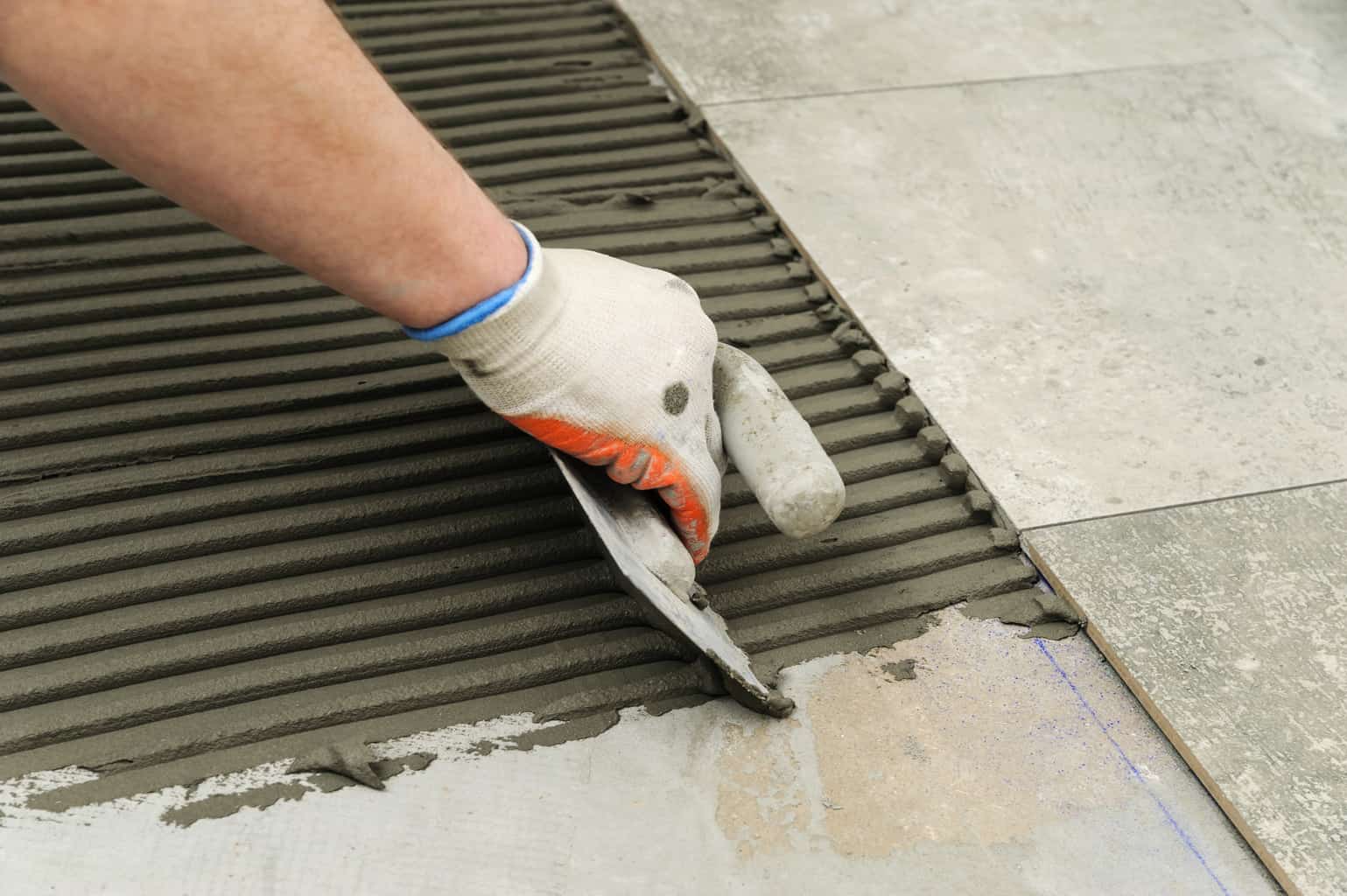
This Is How Thick Tile Adhesive Should Be Interiors Place
All C1 and C2 cementitious adhesives must meet the fundamental characteristics of : (i) Tensile adhesion strength of ≥ 0.5 N/mm² for C1 and ≥ 1.0 N/mm² for C2, (ii) Open time of not less than 20 minutes with tensile adhesion strength of ≥ 0.5 N/mm². Open time refers to the maximum interval after application at which tiles can be.

How Thick Adhesive For Floor Tiles? New
The Spruce / Ashley Luciano In This Article What Is Tile Adhesive? Thinset Tile Mortar Epoxy Tile Mortar Mastic Tile Adhesive FAQs Determining which tile adhesive to use for your tile project is the key to installing tile that lasts for decades rather than years.
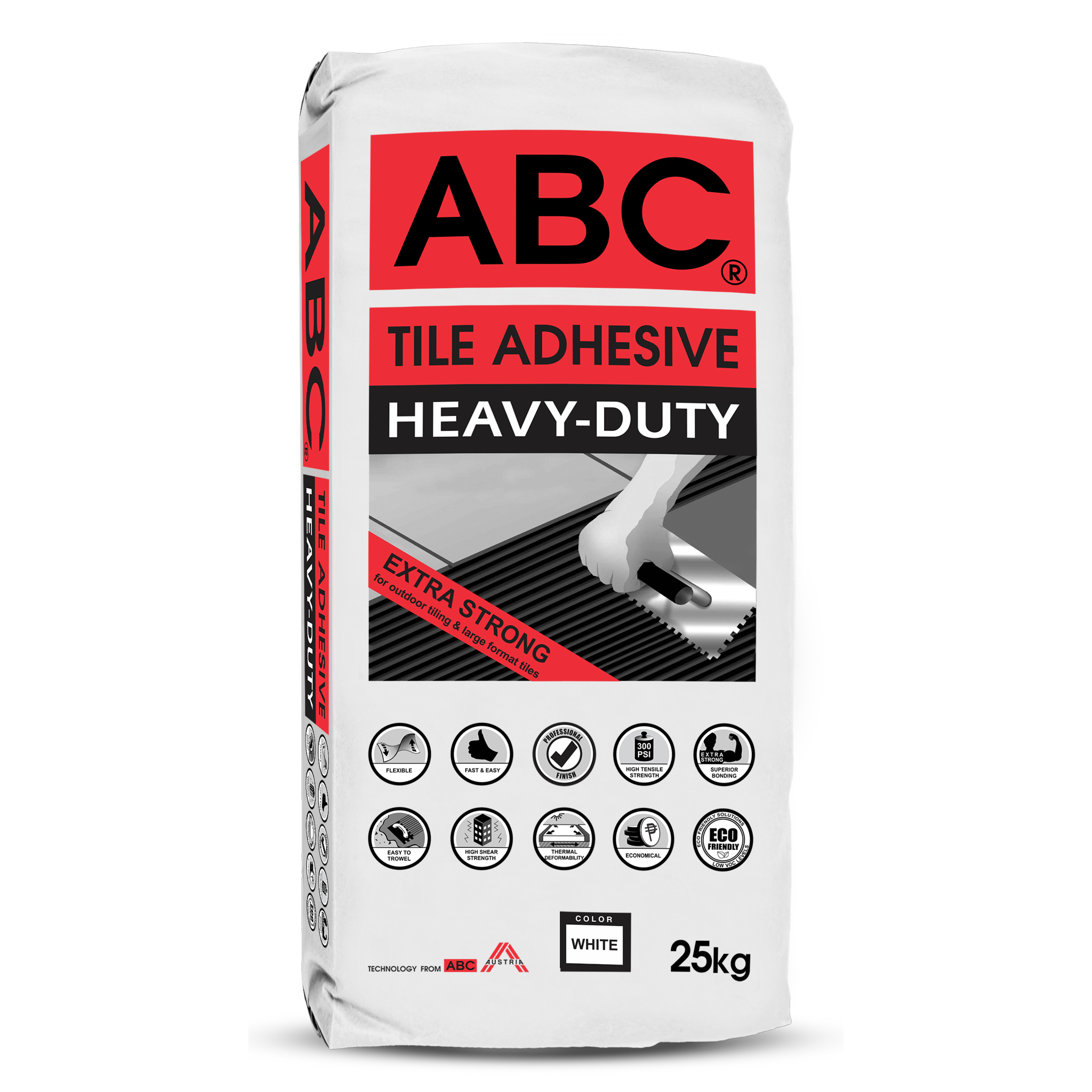
Tile Adhesive HeavyDuty Allgemeine BauChemie Phil., Inc.
60x240 Close to the length and height of standard bricks, this subway tile size works wonderfully with brick-look tiles laid with a thicker grout line in brick bond patterns. 75x300
/tile-mortar-guide-thinset-mastic-and-epoxy-1821651_hero-3a49ffa14b89485aab8627fd708663b7.jpg)
How to Choose the Correct Tile Adhesive or Mortar
Thin-bed tile adhesives started to replace the thick-bed method in Germany in the 1960s and later in all of Europe; in response, European Standard EN 12004 was ultimately developed in 1995 and has since then become a global reference for the classification of tile adhesives. These are divided into two major classes depending on their adhesion.
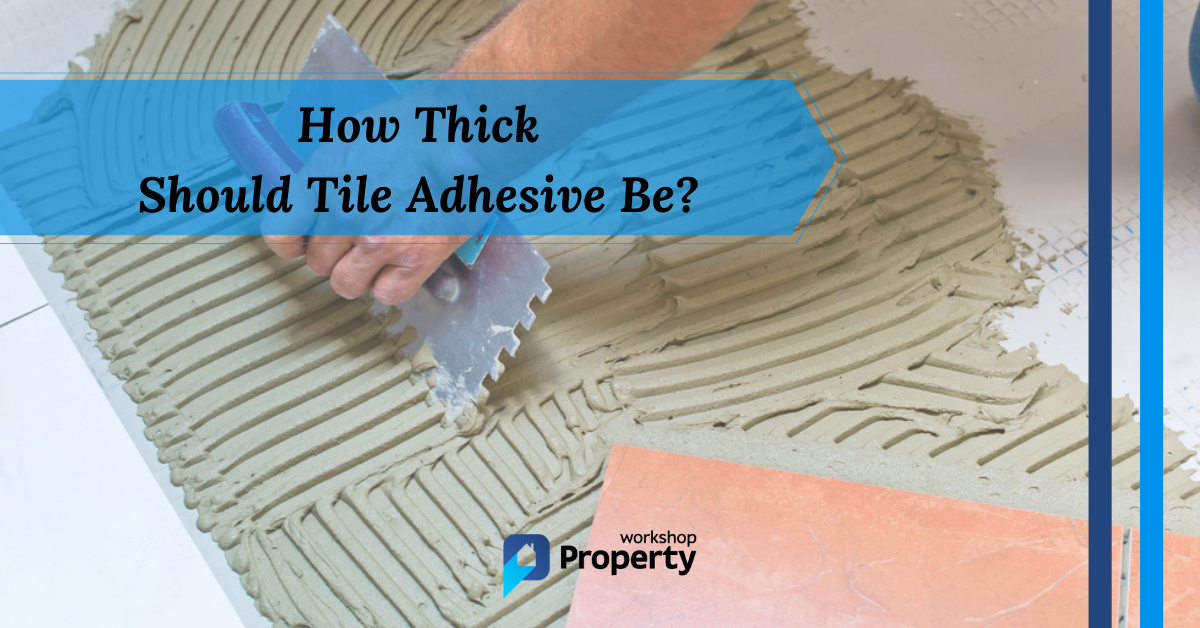
How Thick Should Tile Adhesive Be? (and How To Apply It)
Surface Preparation Surfaces to be tiled must be firm, clean and free of dust, waxes and other contaminants. Dusty surfaces must be primed with Primebond prior to tiling (i.e., cement sheeting and gypsum plaster board). Brick and block walls must be allowed to cure for a minimum of four weeks before tiling.

Floor Tile Adhesive Thickness Mm Chart Viewfloor.co
A tile trowel with only one measurement (i.e. as 12mm trowel) means that both measurements are the same. 12mm x 12mm square notched tile trowel size When you use a 6mm x 10mm square-notched trowel you will leave 6mm wide by 10mm high ridges of adhesive on the substrate, with 6mm spaces between each ridge. 6mm x 10mm square-notched tile trowel size
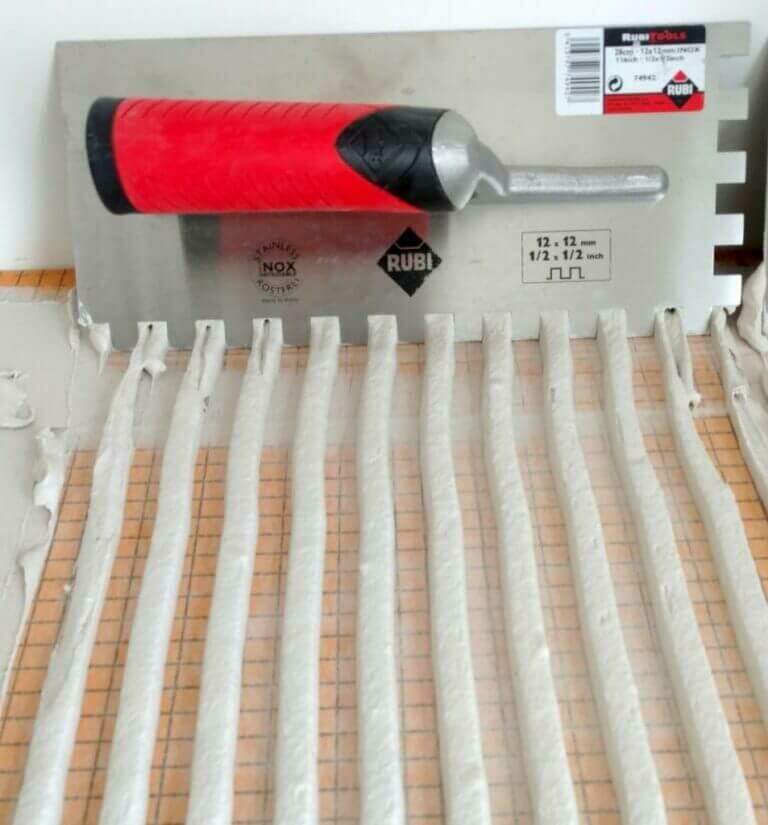
How to choose the right tile trowel size First Steps
published 3 August 2022 'How much tile adhesive do I need?' is a key question to answer before you start tiling. Here's how to work out the amount you'll need for walls and floors (Image credit: Getty Images) Asking 'how much tile adhesive do I need?' is crucial to the success of a tiling project.
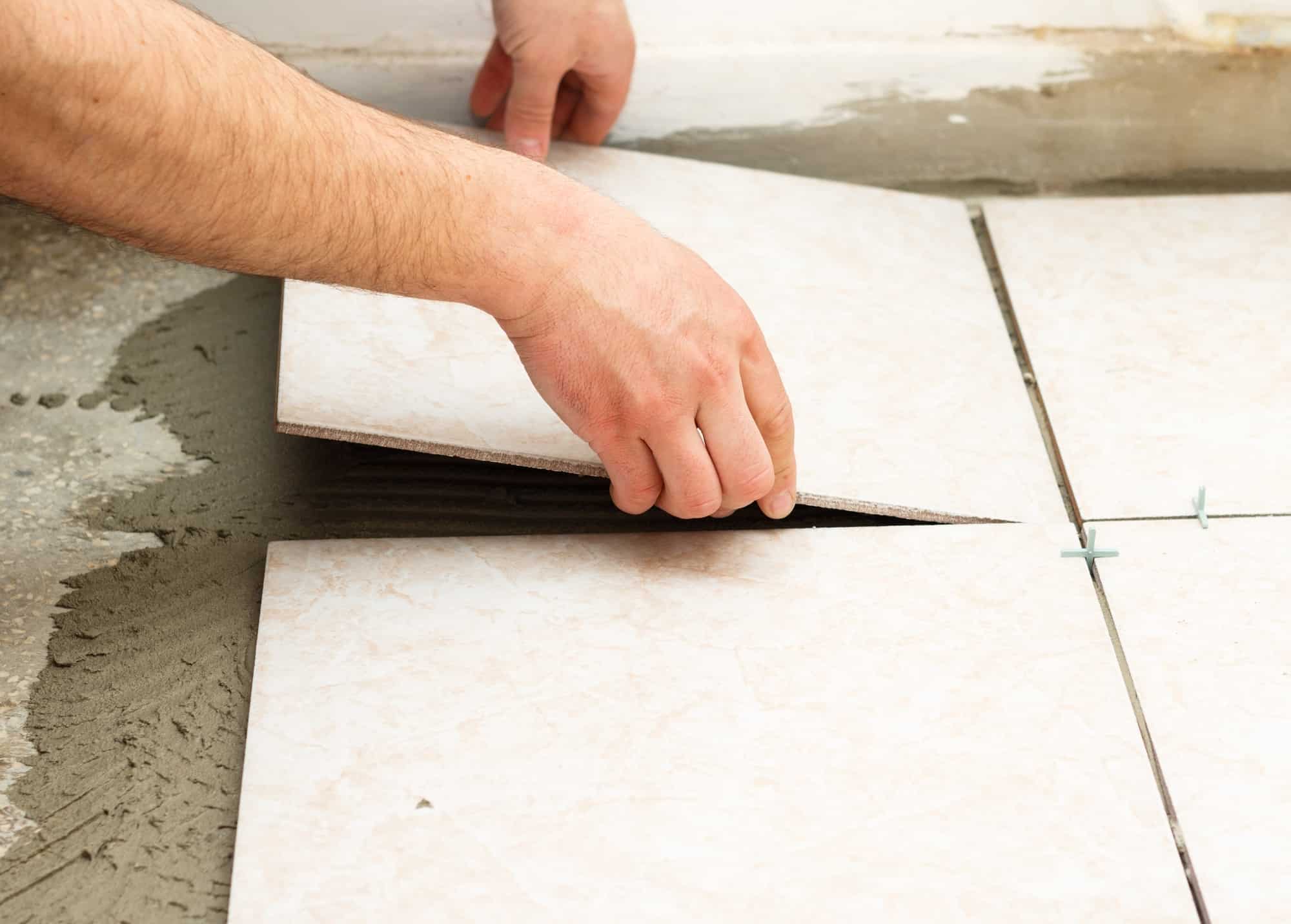
The Best (And Most Durable) Subfloor Thicknesses For Tiling Cohesive Homes
Tile adhesive is a type of adhesive used for installing tiles for floors and walls. It typically comes in a thick glue-like paste, and is applied using a trowel. Depending on the size and type of tile, the thickness of the adhesive can vary significantly. For large tiles, the adhesive should be applied at a thickness of around 3 to 4 millimetres.
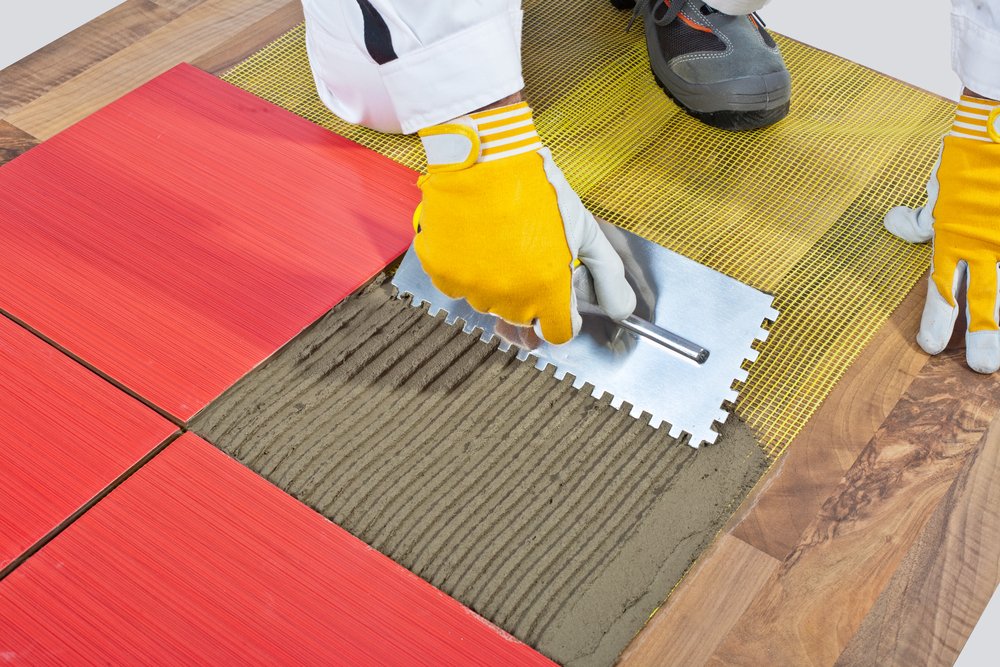
How Thick Should Tile Adhesive Be? (and How To Apply It)
Tile mastic is a thick acrylic glue that comes in ready-mixed tubes. It doesn't have the same water resistance as thinset mortar, so it's better in low-moisture rooms such as bedrooms, living rooms, etc. When tiling in dry areas, you only need 85% adhesive coverage, leaving 15% of the tile untouched.
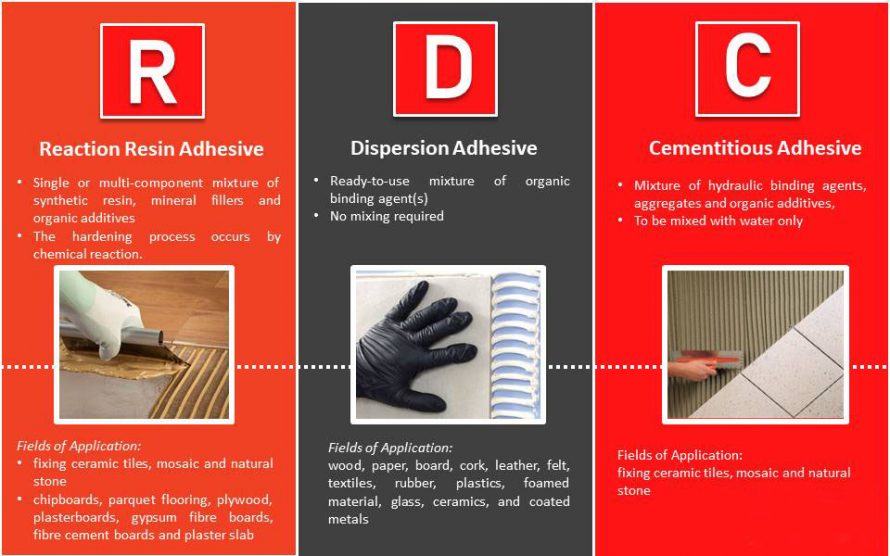
Porcelain Floor Tile Adhesive Thickness Chart Viewfloor.co
Spread it over the tile and grout lines—or just over the grout lines with large-format tiles—with a grout float recommended for the type of grout you are using. Hold the float at a 45-degree angle to the tile surface, and press the grout into the joints. Allow the grout to set for the manufacturer-specified time.

Maximum and minimum thickness of tile adhesive when laying tiles
1.1 Option 1: Use a floor grinder to remove old adhesive: 1.2 Option 2: Use a self-leveling compound to smooth the surface 1.3 Option 3: Use a cement backer board to smoothen the surface: 2 Floor tiling adhesive thickness, some useful tips: 3 Floor tiling over the old adhesive, some helpful tips:

How to mix and apply wall tile adhesive tiling tips from Victoria Plum YouTube
tile size from 100 to 150 mm requires the application of a layer of glue 3-4 mm thick; from 150 to 200 mm - 4-5 mm; from 200 to 250 mm - 5-6 mm; from 250 to 300 mm - 6-7 mm; if the dimensions of the tiles exceed 400 mm and reach large dimensions of 600 mm, then the layer of glue should be 7-10 mm.

How Thick Should Tile Adhesive Be? (Easy DIY Guide) 2022 (2022)
Method of installation The place where you install the tiles (i.e., wall or floor) Let me explain why these factors affect the amount of tile adhesive needed in more detail. That way, when you're shopping around for a suitable adhesive, you can purchase the one that suits your needs the most.
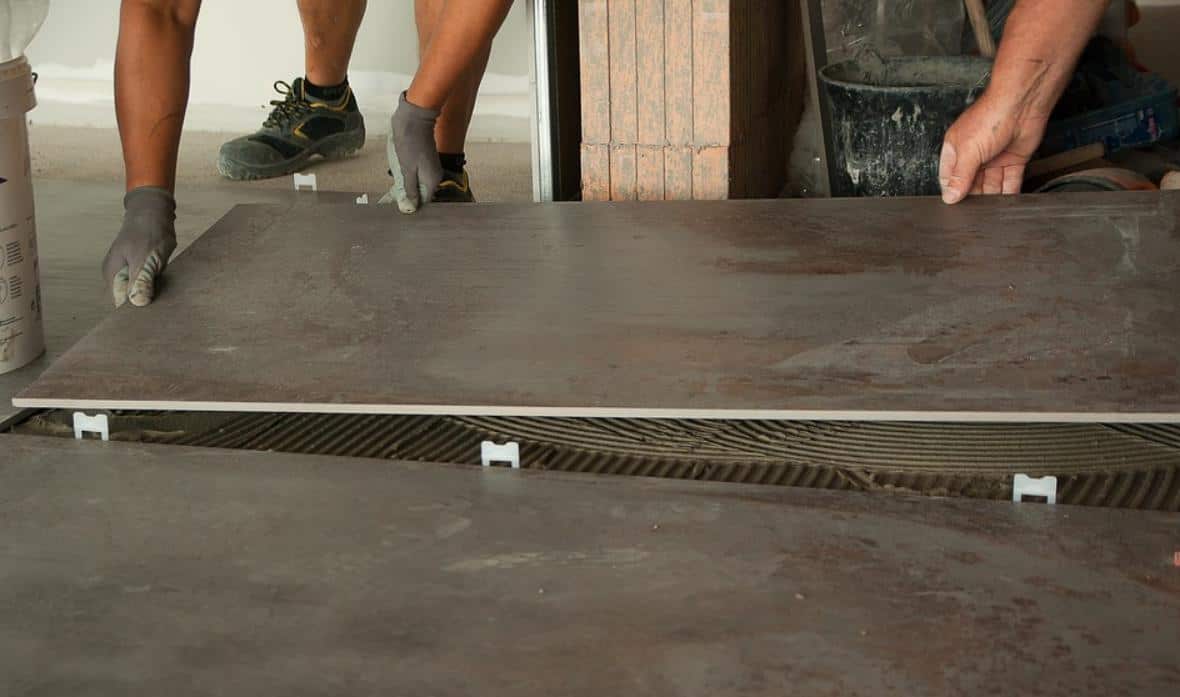
How Thick Should Tile Adhesive Be?
For good value, head to Saigon Pho (Shop 2 & Shop 16, G/F, Sai Kung Building, 42-56 Fuk Man Road, Sai Kung), where you can get a hearty bowl of their speciality pho for under $100. The broth uses a secret mix of spices and herbs and is slowly simmered for over 12 hours to ensure maximum flavour.
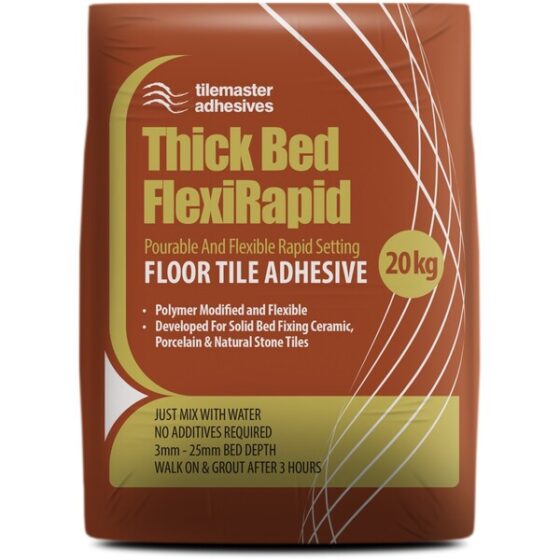
Tilemaster Thick Bed Tile Adhesive Direct Tile Warehouse
Thickness ≤ 40mm can take 1 day per mm to fully cured and matured Thickness ≥ 40mm can take 2 days per mm Type, size, and weight of tiles and area of application The field of application is also another important factor to consider. Tiles such as ceramic, porcelain, mosaic, marble, granite, etc. have varying sizes, weights, materials, and porosity.